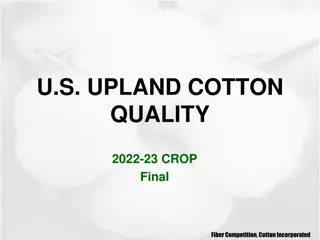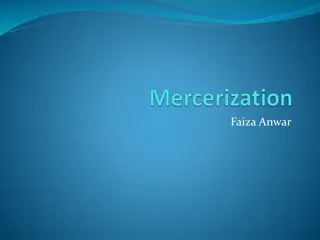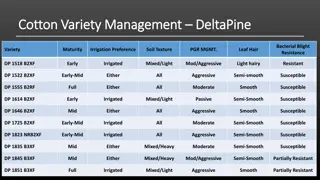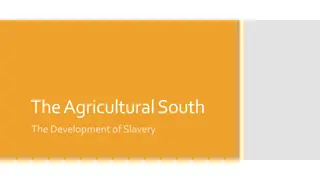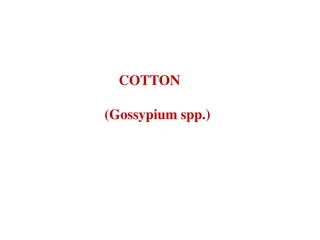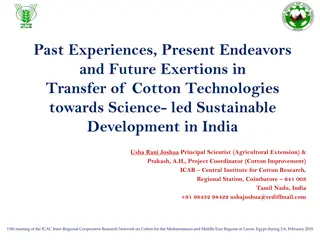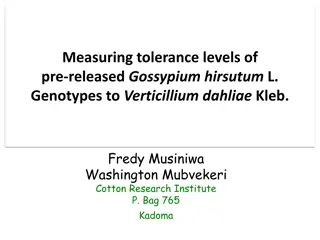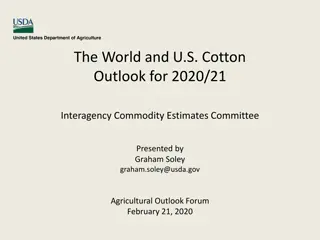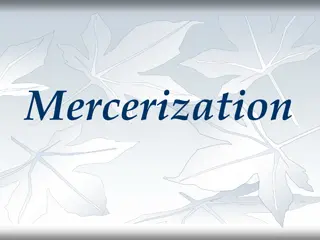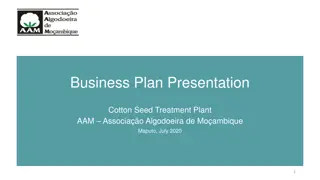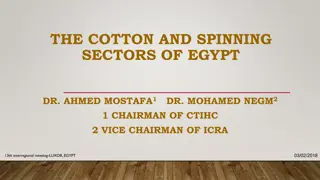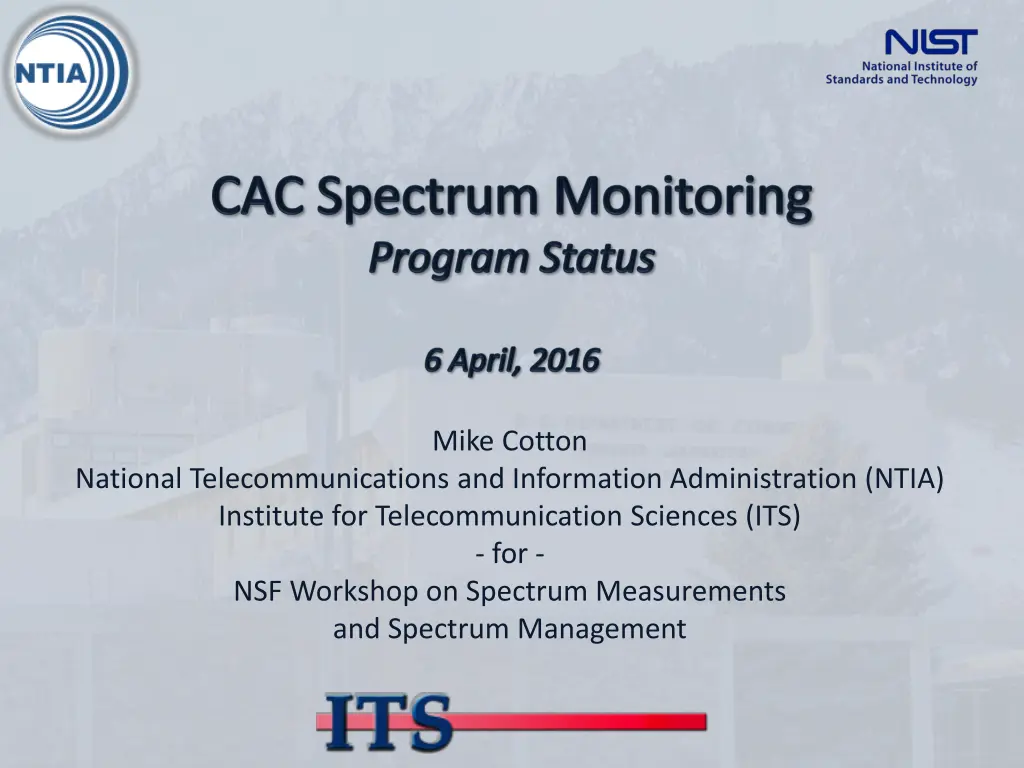
Workshop on Spectrum Measurements and Spectrum Management by Mike Cotton at NTIA ITS
Explore the initiative led by Mike Cotton at NTIA ITS to develop tools for real-time spectrum monitoring and data sharing, aiming to enhance spectrum access efficiency through best practices and infrastructure development.
Download Presentation

Please find below an Image/Link to download the presentation.
The content on the website is provided AS IS for your information and personal use only. It may not be sold, licensed, or shared on other websites without obtaining consent from the author. If you encounter any issues during the download, it is possible that the publisher has removed the file from their server.
You are allowed to download the files provided on this website for personal or commercial use, subject to the condition that they are used lawfully. All files are the property of their respective owners.
The content on the website is provided AS IS for your information and personal use only. It may not be sold, licensed, or shared on other websites without obtaining consent from the author.
E N D
Presentation Transcript
Mike Cotton National Telecommunications and Information Administration (NTIA) Institute for Telecommunication Sciences (ITS) - for - NSF Workshop on Spectrum Measurements and Spectrum Management
Project Goals 1. Develop an infrastructure to acquire and amass spectrum monitoring data and make it available to the spectrum community in near real-time via the Internet. 2. Establish best practices for the acquisition of spectrum data. 3. Maintain small network of ITS spectrum monitors (e.g., 2 in FY15, 6 in FY16, 12 in FY17) in high-priority scenarios to support spectrum rulemaking, engineering, management, and enforcement. 4. To evaluate whether a more comprehensive monitoring program would create additional opportunities for more efficient spectrum access through, for example, increased and more dynamic sharing.
Spectrum Monitoring Network M F RF C Sensor 1 Authorized Users M F RF C Sensor 2 IP Internet M F RF C Sensor 3 IP Network M F RF C NTIA/ITS Boulder Sensor 4 M F Modem/Firewall and Data Staging Station M F RF C Sensor N Measured Spectrum Occupancy Database (MSOD)
Sensor Design(s) General Architecture IP Network Example Site Requirements for 3.5 GHz Sensor: 180 Filed of View of Ocean/Gulf AC Power: (1 A) Shelter: Driver, COTS sensor, and modem are not weatherproof Access to Outsideto run 30 RF and Ethernet cables Structure outside shelter for mounting antenna and preselector Preselector COTS Sensor Measurement Controller
Example COTS Sensor Test Results DANL Test showing self- generated spurs Overload Behavior
How Measurements are Logged to Database Three message types System: RF specs, sensor ID, calibration data Location: geolocation data, time Data: detection scheme, frequency range, power spectra, Modes Acquisition: periodically posts finite block of data Streaming: continuously transmits measurements over a persistent, secure socket { "Ver": "1.0.12", "Type": "Loc", "SensorID": "101010101", "SensorKey": 846859034, "t": 987654321, "Mobility": "Stationary", "Lat": 40.0, "Lon": -105.26, "Alt": 1655, "TimeZone": "America\Denver" } sample Location message
Spectrum Occupancy Database Repository of power spectra measurements Threshold-based calculation of band occupancy Distributed architecture: multi-site, multi-org Access via web-based services Visualization via a web browser application Open source Organization A Organization B Sensor Sensor Sensor Sensor Sensor Sensor Periodic public meta data Web Server + Database Web Server + Database Web Browser Web Browser
FY16 Project Deliverables Release 1 year of 3.5 GHz data measured near Norfolk and San Diego Deploy 6 x 3.5 GHz Sensors at coastlines of U.S. littoral waters Acquire Authority to Operate NTIA MSOD and make available online for NTIA/OSM Assist NOAA in acquiring a 1695 1710 MHz monitoring solution at and around their MetSat ground stations Continue to evaluate and test new sensing technologies MSOD
Contact Information and References Michael Cotton, mcotton@its.bldrdoc.gov, 303-497-7346 1) Souryal, et al., Real-Time Centralized Spectrum Monitoring: Feasibility, Architecture, and Latency," in Proc. IEEE DySPAN, Sep. 2015. Wepman, et al., RF Sensors for Spectrum Monitoring Applications: Fundamentals and RF Performance Test Plan, NTIA Technical Report TR-15-519, Aug. 2015. Cotton, et al., An Overview of the NTIA/NIST Spectrum Monitoring Pilot Program, IEEE International Workshop on Smart Spectrum, New Orleans, Mar. 9, 2015. Cotton and Dalke, Spectrum Occupancy Measurements of the 3550-3650 MHz Maritime Radar Band Near San Diego, NTIA Report TR-14-500, Jan 2014. 2) 3) 4)




